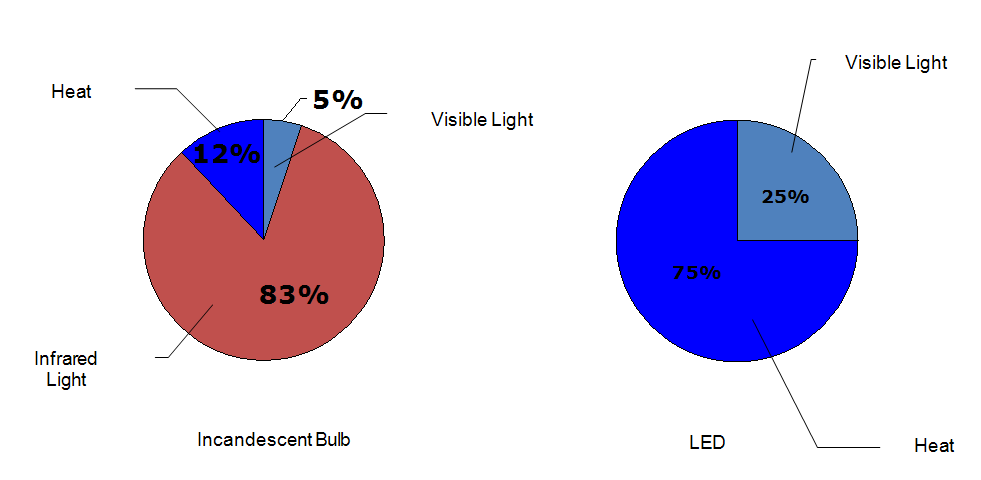LED and Fluorescent Lighting Application Best Practices
The trend in the Lighting industry over the last decade has been to adopt higher efficiency and flexible color output into existing fixtures. This affects many application types including:
- General room lighting
- Architectural lighting
- Parking lots
- Walkways
- Sports venues
- Stage lighting
- Vehicles
- Billboards and signs
The LED is the current preeminent environmentally-conscious solution, and many companies are retrofitting their current product lines as well as developing new concepts to take advantage of the LEDs design flexibility.
However, some difficult thermal challenges are associated with LED lighting systems. Roughly 75-85% of the total energy applied to an LED is converted into heat that needs to be conducted through a PCB and heat sink before being convected to the surrounding air. Junction temperatures can often range between 90 and 120 °C. The additional challenge is that LEDs need to run at much cooler temperatures than other lamp types.

This topic describes techniques for simulating LED and fluorescent lighting systems with Autodesk® CFD. Several modeling strategies based on the physical configuration are described as well as specific guidelines for LED and fluorescent lighting systems.
Units
Techniques for running Lighting and LED applications are defined in the following lesson units. We recommend that you work through the material in the order provided.